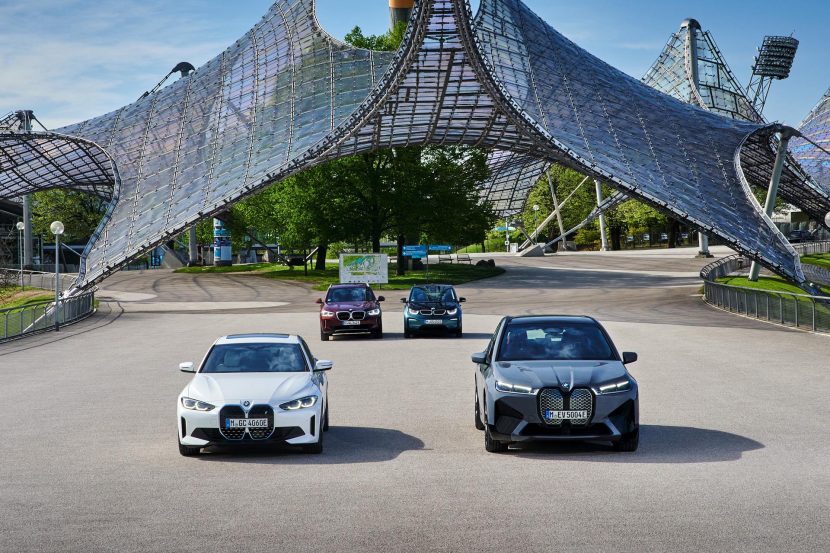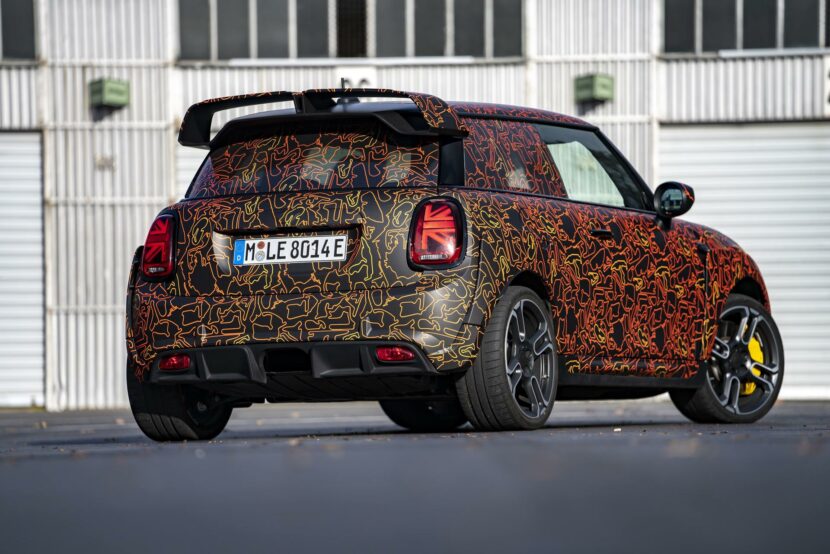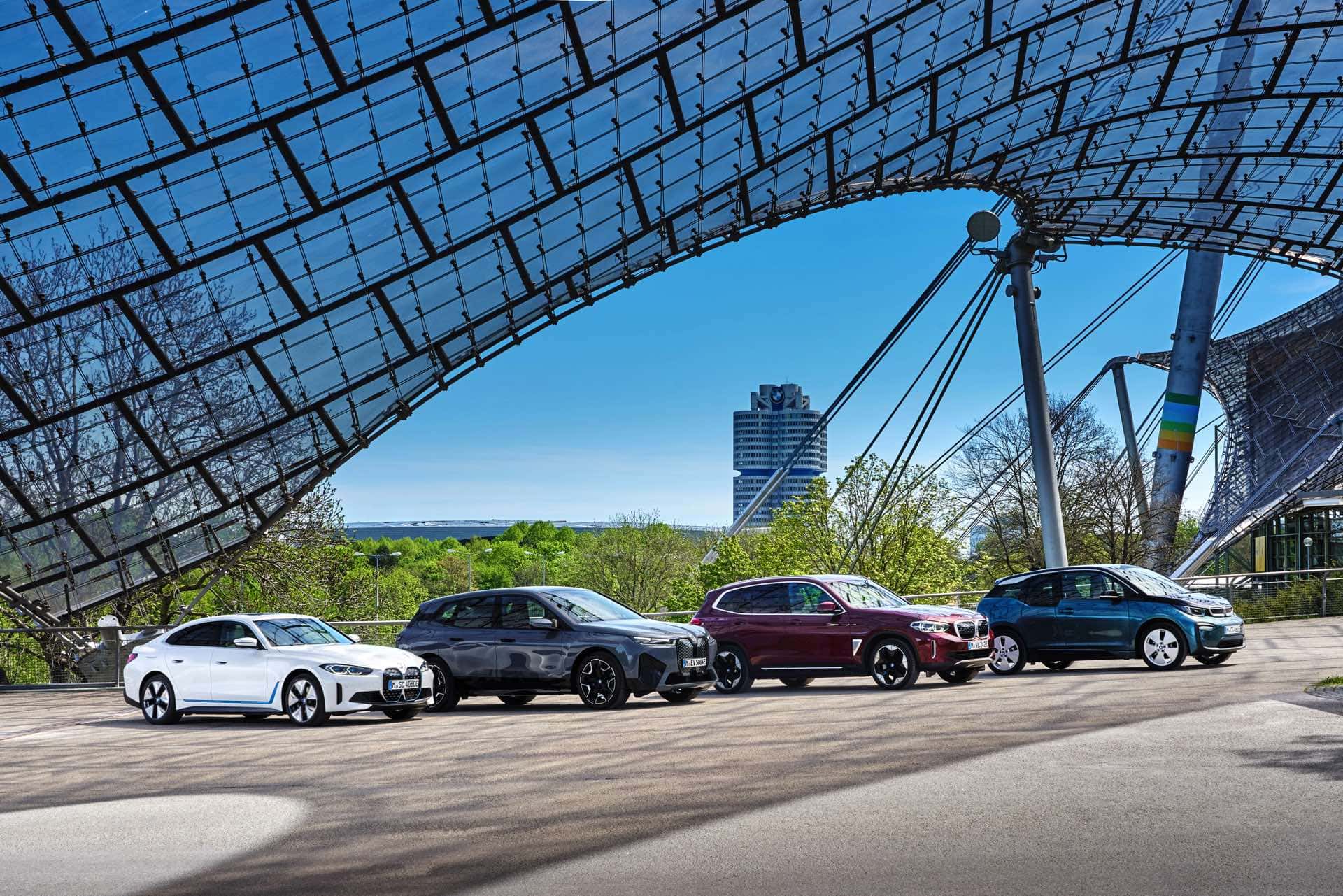BMW is in a transition period which will take them to 2025 when the entire car architecture will change. The “Power Of Choice” will be then phased out in favor of a new electric-focused architecture. The Neue Klasse was announced a few months ago and after 2025 we will see new EV products. One of the first models to emerge under the Neue Klasse is rumored to be the next generation BMW X3.
But in the meantime, the “Power of Choice” will continue to be high on the list of priorities at BMW. In an interview with Passauer Neuen Presse, BMW boss Oliver Zipse said that “Customers should be able to choose which drivetrain they want to drive.” The question was put in the context of Audi’s plans to phase out combustion engines as early as 2026. The BMW boss explicitly warns of a downsizing course that Audi is presumably embarking on.

According to BMW’s future product plans, the proportion of electric cars and plug-in hybrids will be significantly larger in the next few years. Yet, the internal combustion engines will continue to play a relevant role in global sales. BMW expects an electric share of 50 percent of sales figures in 2030, so around half of sales will also be made up of cars with petrol or diesel engines in 2030.
But for the first time in decades, the global view of car markets is going through a significant change. Long gone are product built with all markets in mind, instead, different car models will be significantly more appealing to certain markets. And that becomes even more relevant when it comes to electric vehicles which require a strong local charging network and governments fully invested in the adoption of electrified drivetrains.

Things look a bit different for the MINI brand. The successful British premium brand will be 100 percent electric in 2030 and at least 50 percent by 2027. The Rolls-Royce luxury maker is going through similar changes as well with an all-electric model set to arrive by 2023. In the end, the jury is still out on which approach makes more sense for the consumer, but it’s clear that in some cases, an electric-focused architecture offers more advantages in terms of packaging and design.
[Source: BimmerToday]





































































